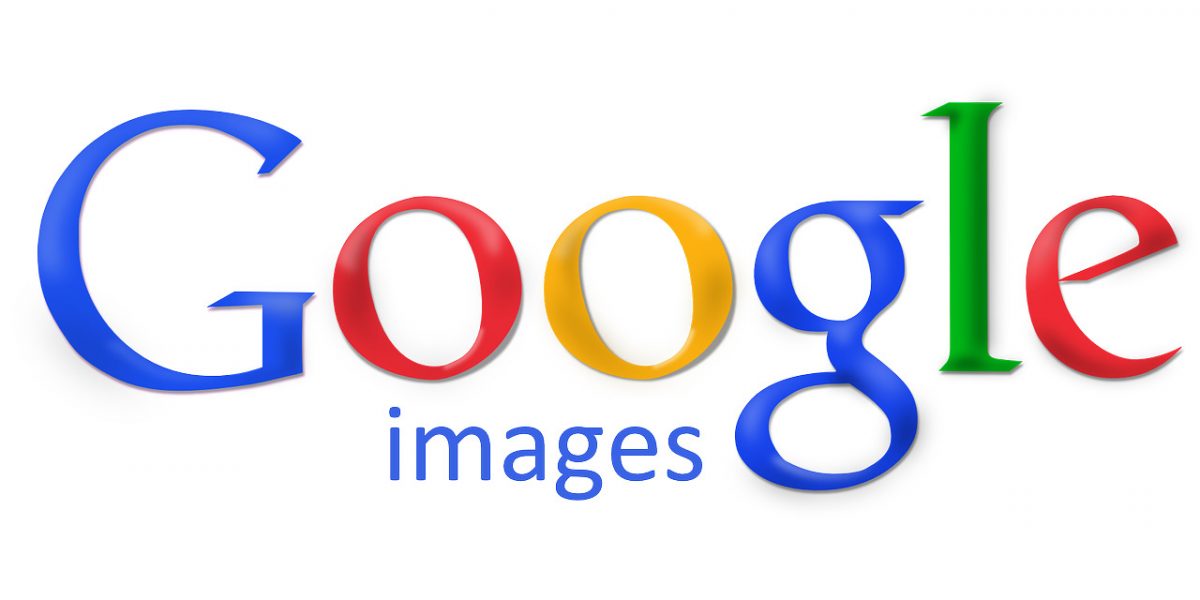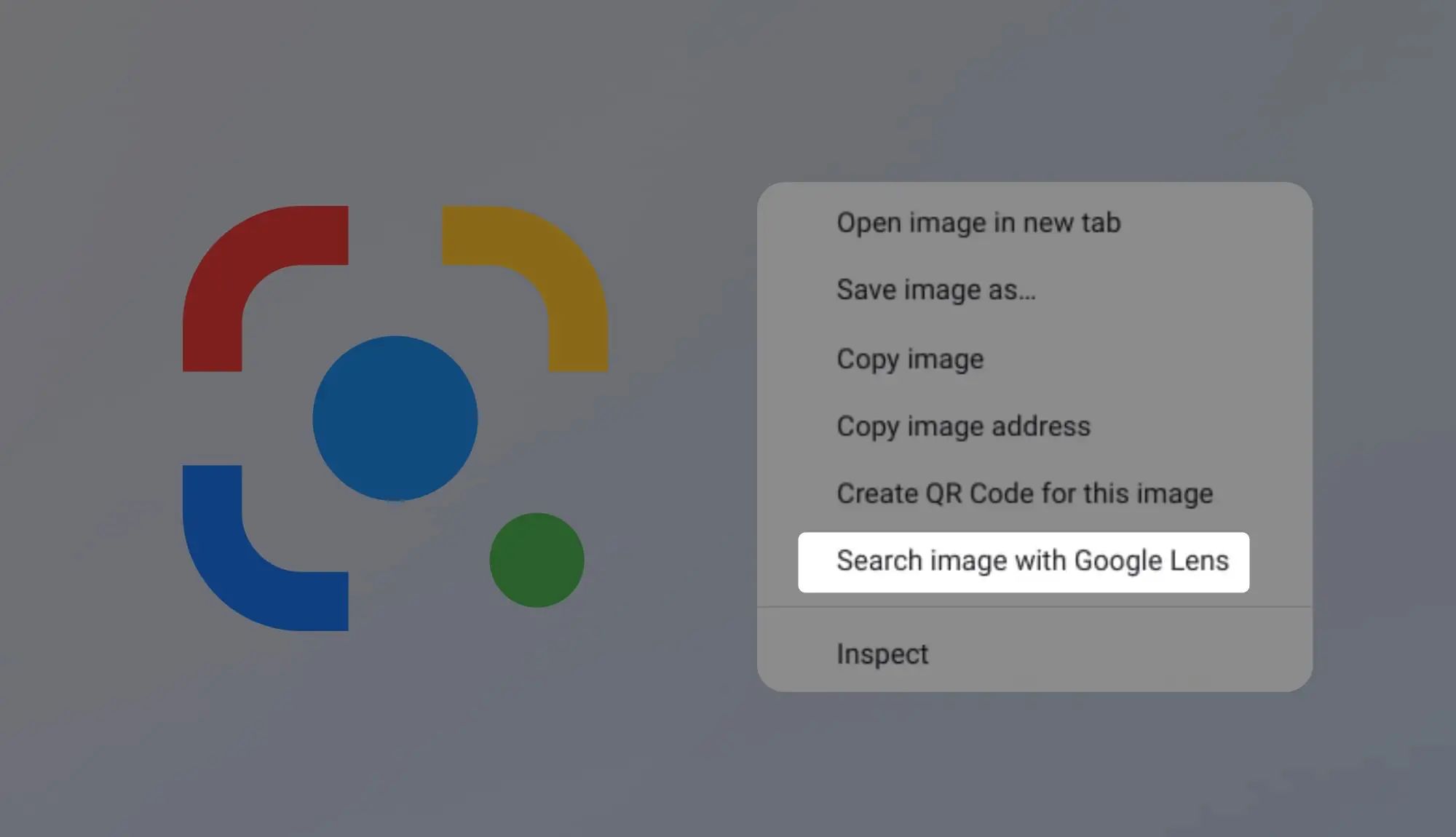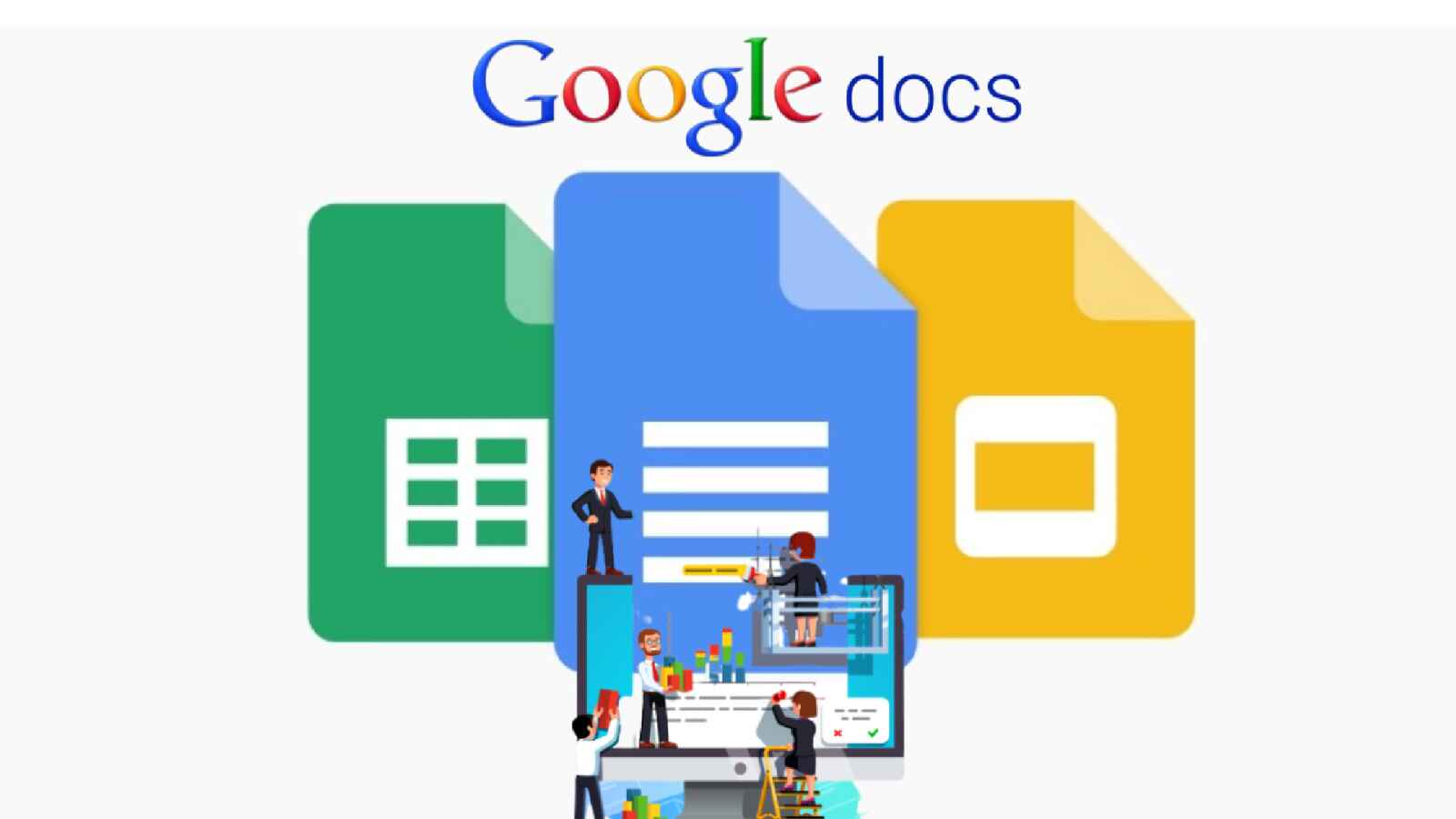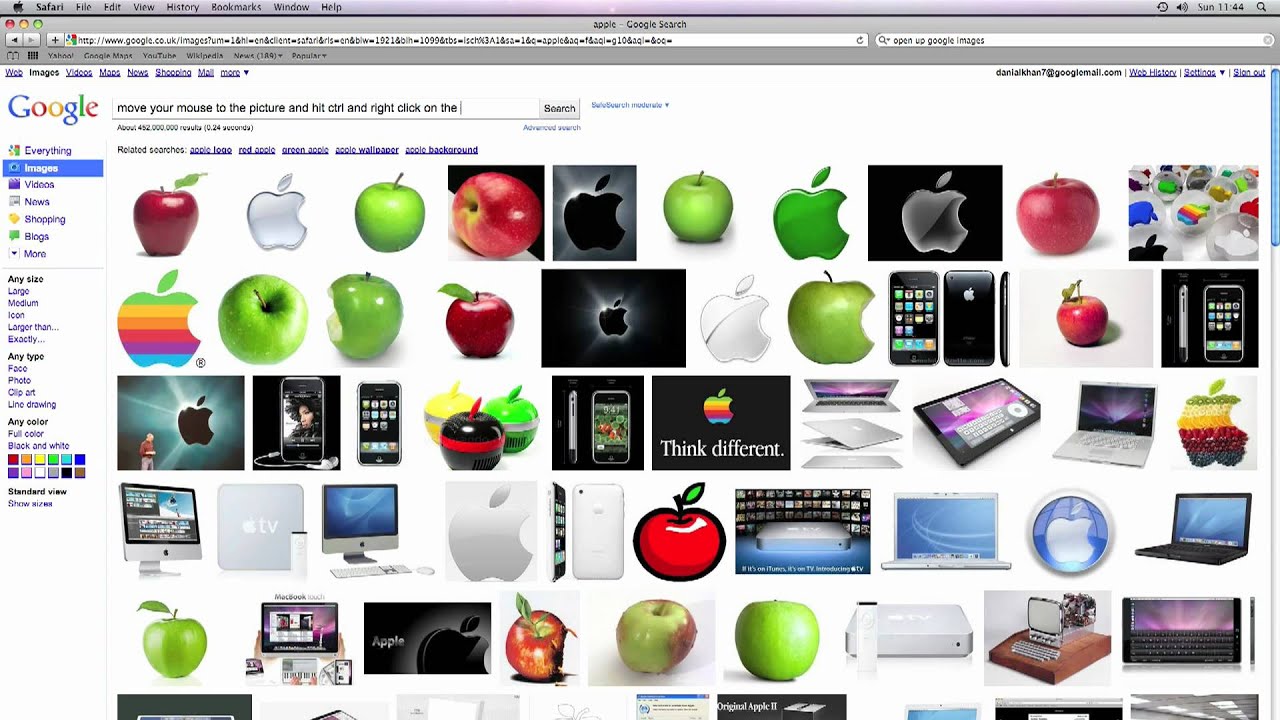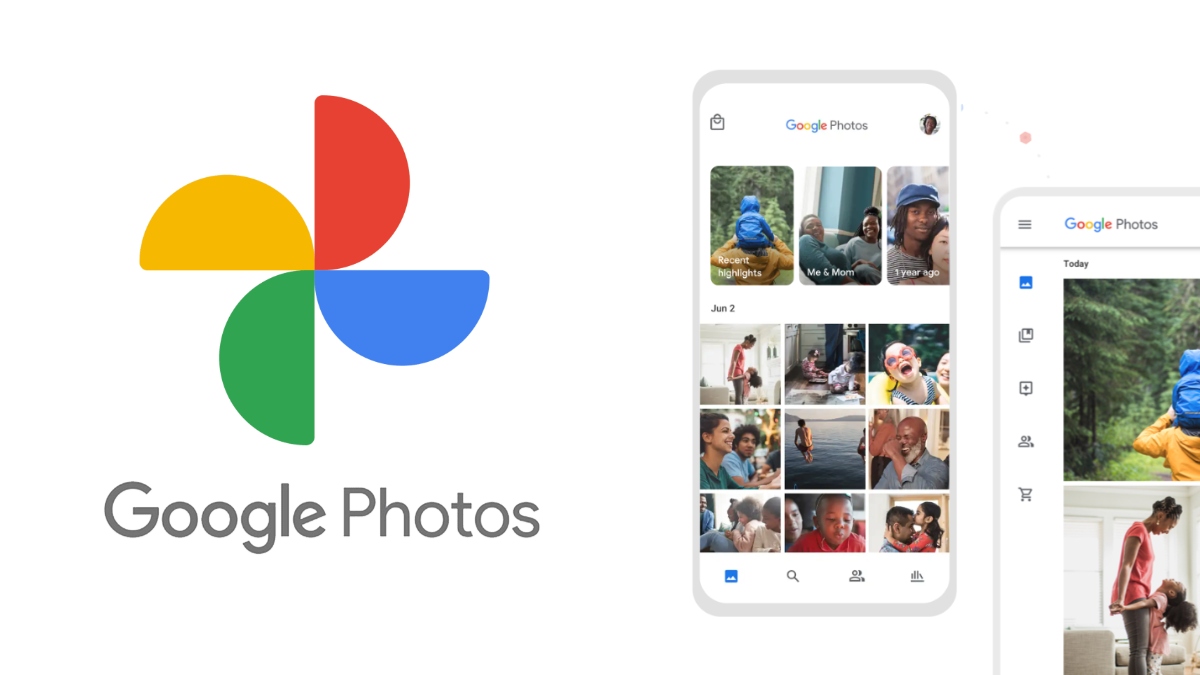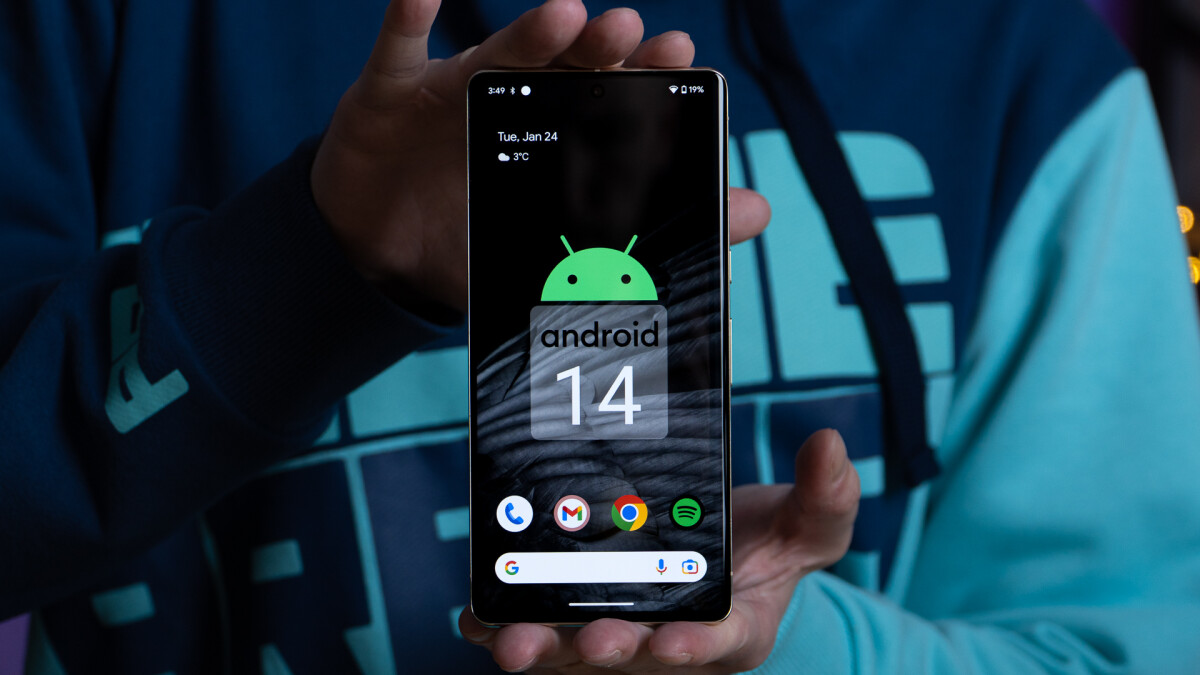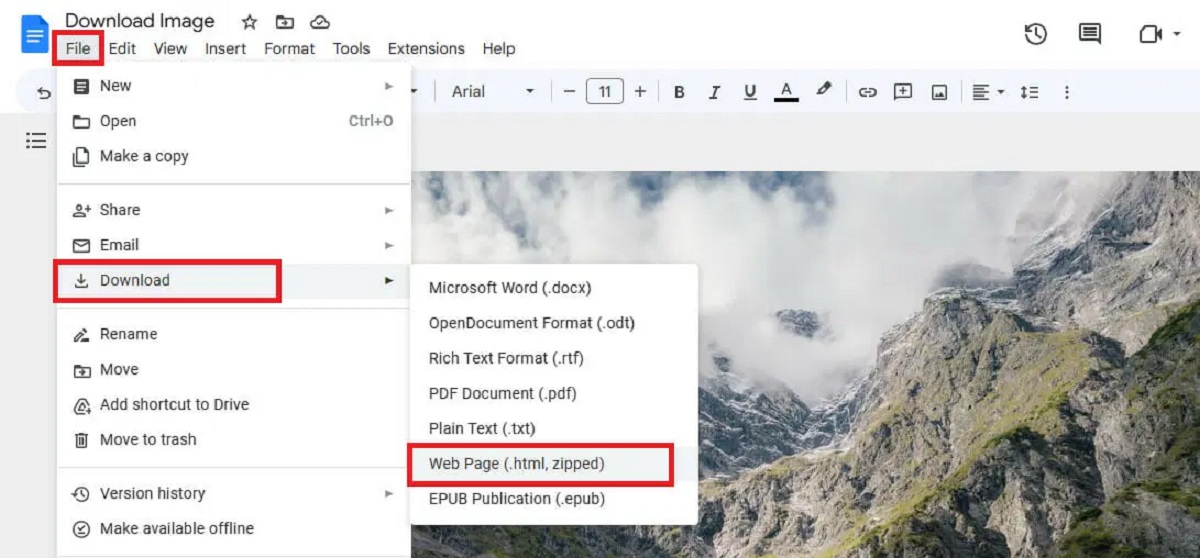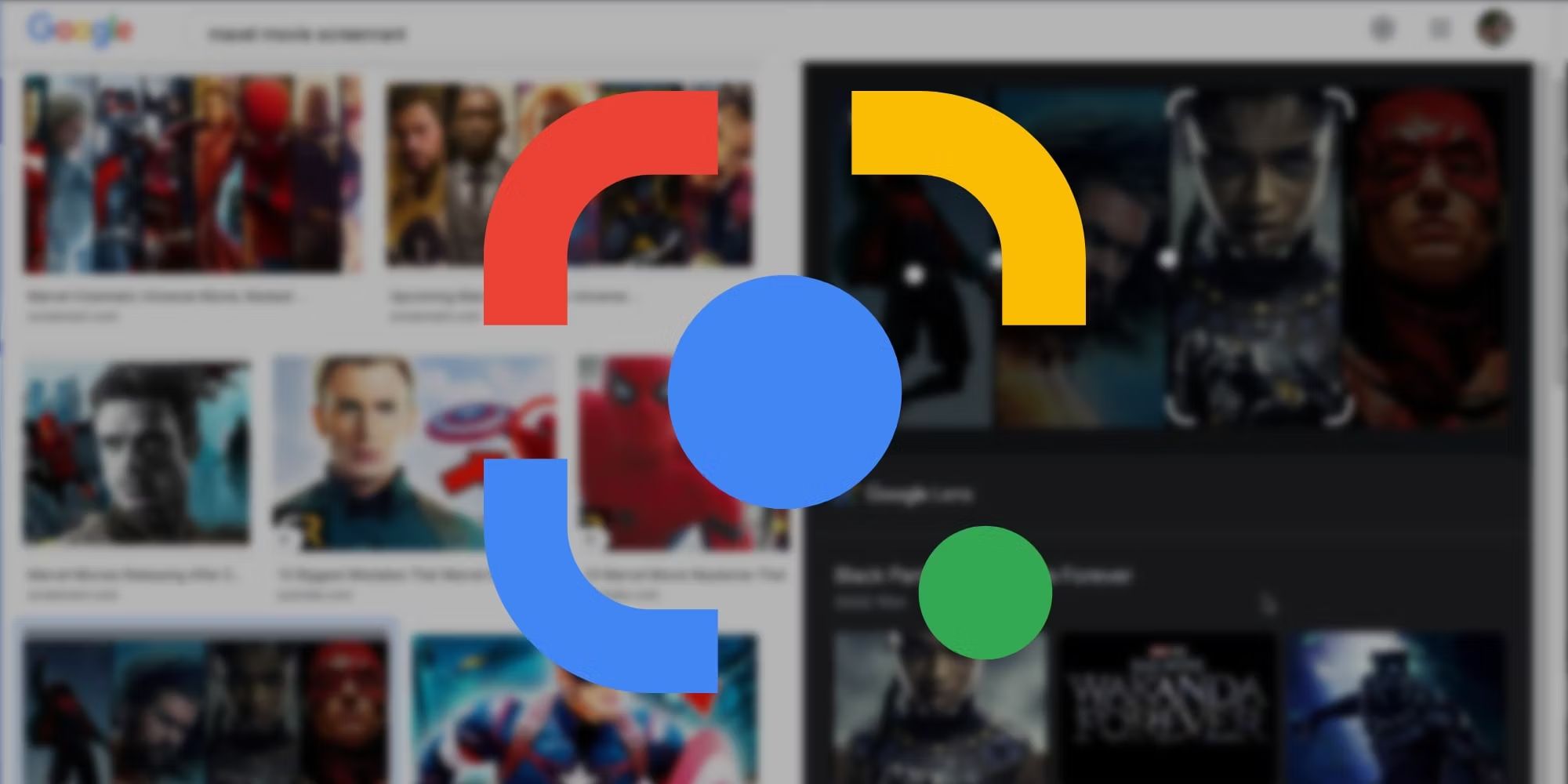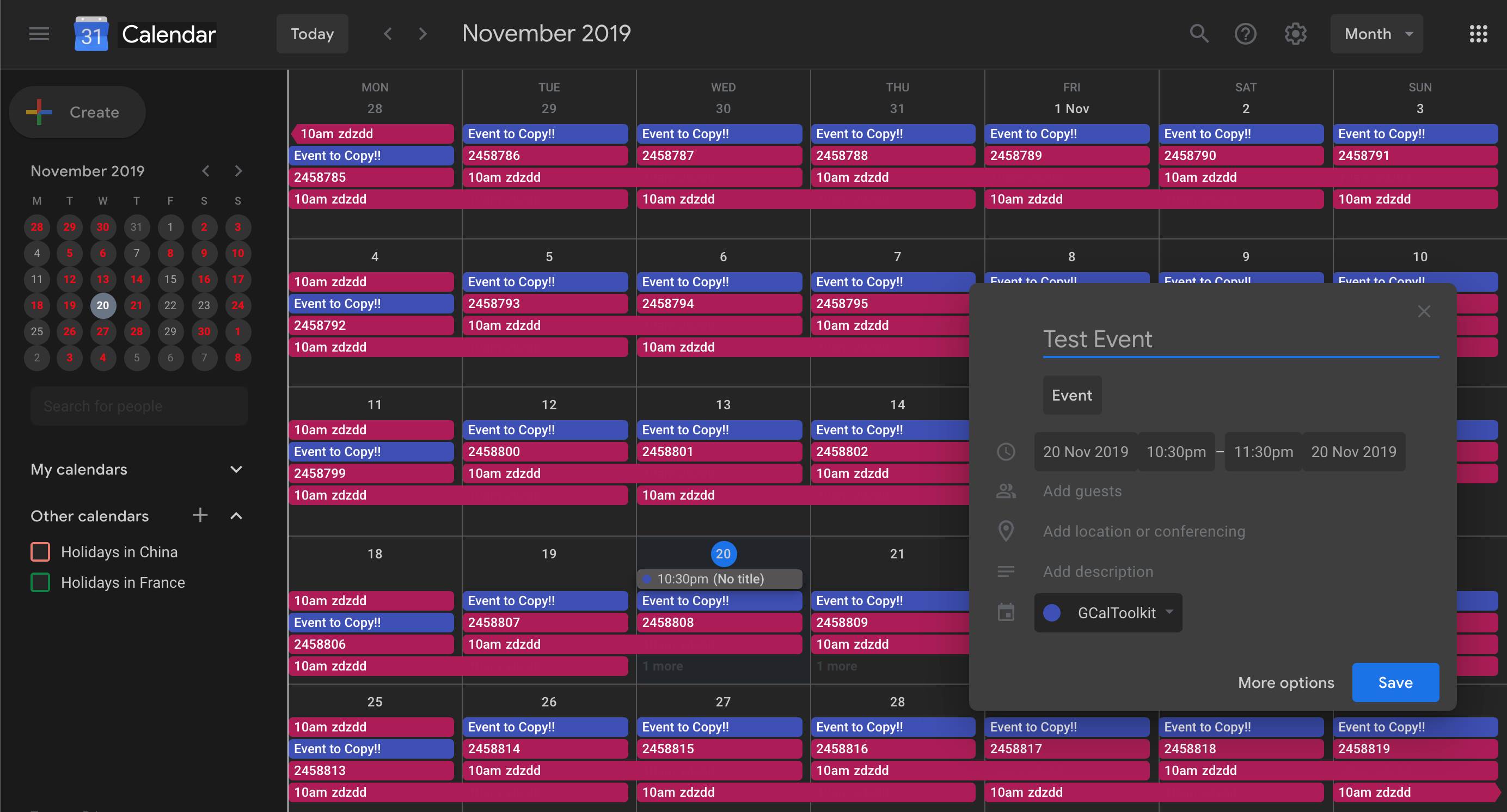Google Images is one of the largest repositories of images from web pages all over the world. But have you ever wondered about the history of the images that appear on Google Images? Google Image search can help you trace an image’s history on the net and even show you the exact websites where the image was used. Let’s find out more about what Google Images is and how you can check the authenticity of a picture via the fact check feature.
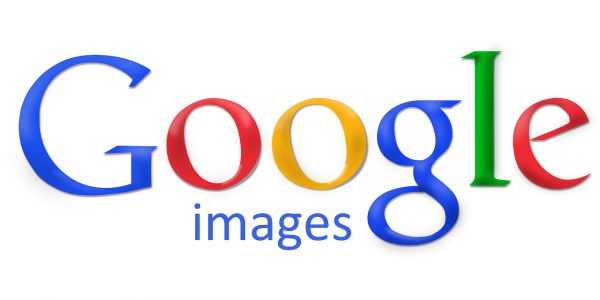

What Is Google Images?
Google Images is a comprehensive search engine owned and operated by Google for image content searches worldwide. The system scans the internet and provides users with any relevant results. The service came to be in 2001; it was created to meet high demands for an image of a dress worn by Jennifer Lopez that a mere Google Search was unable to find.
Google Images makes use of clickable thumbnails showing pictures in miniature format. Clicking through the thumbnail will give you the option to either view the full-sized picture or a link to the source website. Images found on these sites are often reused on other web pages, but Google pays proper permission and attribution to the photographer or original website when necessary.
Google Images typically accepts images that meet their file format requirements. Most images are in JPEG, PNG, GIF file formats, but there are others that can show up on its results pages. Photographers and website managers often need to convert images to specified file formats and use professional tools to accomplish this. Nevertheless, students and researchers can make use of free but reliable image converter sites.
What About the Copyright Issue?
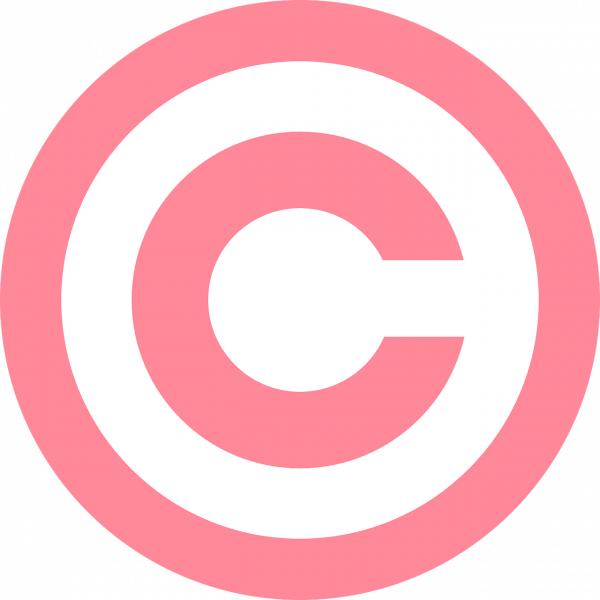

When it comes to copyright, Google has made it clear that its only function is to compile images that fit the user’s search parameters. Some of the content that will show up on the results page will be copyrighted while others will not. As a general rule, users are discouraged from obtaining Google images without proper permission. Only the copyright holder has official permission to repost the picture.
There are also some exceptions to the copyright rule, especially when the use case has to do with education, news reporting, official research, archiving, among other purposes. The other exception has to do with images that have been distributed with an open license. An open license implies that the owner permits for free use and reproduction of the photos. Some websites specialize in providing photos alone, like Getty Images or Shutterstock. These images are often subject to copyright and you cannot view them in full through the thumbnail.
Google Introduces Fact-Checking for Google Images
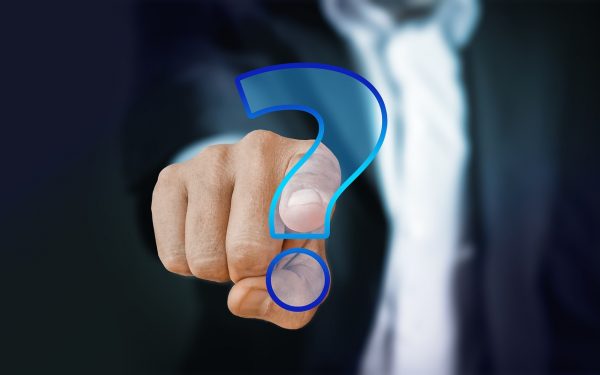

By 2011, Google introduced a new reverse image search function. With this nifty feature, there will be no need to think of the words to describe the picture you’re looking for. Instead, users can trace an image’s history and origins by simply dragging and dropping a downloaded image onto the search bar.
Reverse image searches are often used to locate the image source, find higher resolution versions of the image, or discover web pages where the image appears. It’s also useful for finding the image’s content creator or get information about the image. Another very important use for the image fact check is to confirm whether the image they have has been manipulated or digitally enhanced. The original copy of a fake photo would most likely appear on the search results to help with the comparison.
Google is able to accomplish reverse fact-checking with the help of a combination of algorithms. After thorough analysis, it constructs a formula based on these algorithms. They will then compare this to billions of other images in their database to give users the most relevant results. If metadata is available, Google will also use that to generate images with matching meta descriptions with the image being analyzed.
Google Releases New Fact-Checking Feature
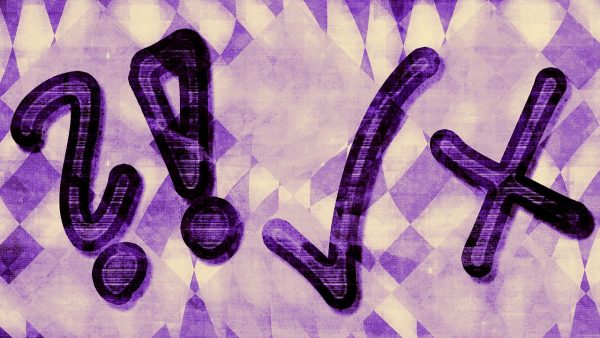

Last year, Google announced that it would begin fact-checking Google Images around the world. The decision came amidst the proliferation of manipulated images online, coinciding with fake news and posts. Fact-checked images will have a notification underneath the thumbnail indicating “fact check.”
Google has enlisted the help of ClaimReview, an open method used by publishers to fact-check their content before posting them on the net. Users can access the full fact check library using Google’s Fact Check Explorer.
When looking through Google Images, users will find a “fact check” label underneath the thumbnail image results. This will also appear on any photos included within articles and sites. Clicking the image will show you a quick summary of the results of Google’s conducted fact check. You will also see a link to the web page where the image appears. The labels usually appear in images published by legitimate and authoritative sources on the web. That, of course, includes news websites, publishing websites, and academic websites, among others.
What are the Benefits of Fact-Checking?
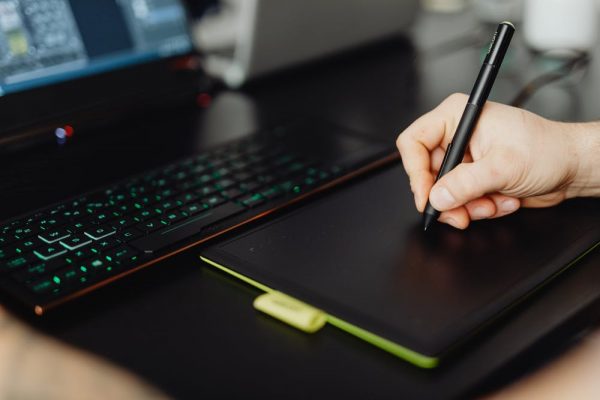

In their official statement, Google claimed that the internet is a vital place for information where people turn to in order to learn about their environment and what is happening around the world. The increasing threats of fake news and fake images are successfully misleading people and making them believe in stories and situations that are, in fact, not real. The fact-checking project is supposed to address the growing cases of fake news that are running rampant online.
The Search by Image feature, on the other hand, is helpful for manually testing the authenticity of a photo circulating on the internet. Many people post edited pictures all the time. Some people post manipulated photos to make a joke, while there are others with much more sinister motives and use manipulated photos borders for criminal activity. The Search by Image feature will help you identify the photo source and present you with similar images. This is to give you an idea of whether the image you have is fake or not.
If you are fact-checking images for work or school, you can also check out these other Google Chrome extensions to help you out. If you’re working on a big project with plenty of photos, make sure to use a reliable cloud storage provider to keep your photos safe for as long as you need them to. After all, you wouldn’t want all that fact-checking to go to waste.
Where Did Google Get the Idea?
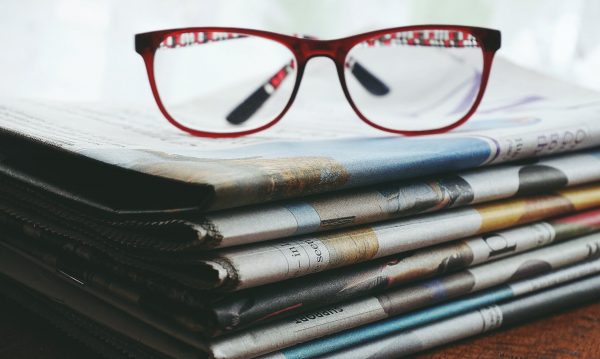

The idea behind fact-checking images before publishing them isn’t new. In fact, news websites and editorials have been using fact-checking algorithms for years. This was even before Google thought of applying the concept to Google Images. Even social media websites such as Twitter, Facebook, and YouTube have started to use fact-checking services and methods since last year in response to the clamor from its users to filter out fake posts.
The clamor for fact-checking in social media further intensified amidst the controversies surrounding the 2020 presidential elections. Twitter even issued warning labels on the tweets made by ex-president Donald Trump regarding baseless accusations about election fraud. Instead of removing the posts, Twitter simply included articles with reliable information about the elections.
With the growing trend of disinformation and fake news, the public is demanding major websites and search engines to fact-check their content. Google wasn’t exempted, and these websites know the importance of maintaining their credibility to save their business. It’s bad business for Google to have offensive and fake images lying around. Aside from the threat of fake photoshopped photos, Google is also preparing for fake photos generated using artificial intelligence. Hackers create these fake photos—called deepfakes—to commit financial fraud and falsely implicate people in scandals.
The introduction of fact-checking features is relevant and timely. However, the question still lingers as to whether it would be enough for the sheer volume of fake photos and the incoming threat of deep fakes.
How Can I Fact-Check Images Using Google Images?
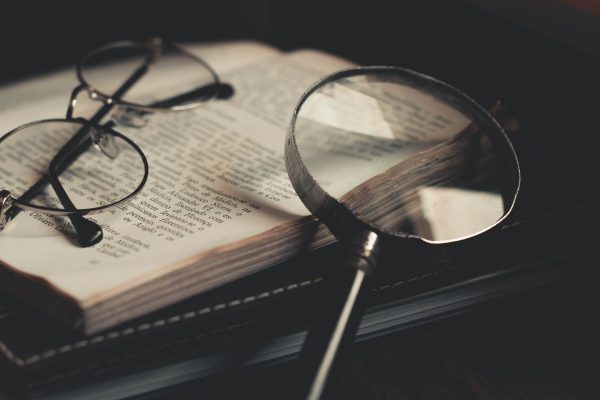

The Google fact-checking project has only been in existence for a few months. We can hardly expect it then to have completed the run-through of the billions of images on the internet. While your search results might generate a few fact-checked images, the majority of the images on the search results page would not have experienced any changes. In cases like these, you should take matters into your own hands by initiating the fact check.
The manual Search by Image feature has been in existence for almost a decade, yet not many people know about it. Luckily for us, Google has retained the feature to manually check the origins of an image. Here’s how you accomplish this:
Drag and Drop Method
Google already included a fact-check button right next to the search bar of the Google Images page. All you have to do is find your way to the dedicated search page for Google Images. You’ll then need to upload any photo from your computer. You can only upload one photo at a time, but the processing time for each will only take ten seconds max.
Also, note that Google Images search is able to take in any photo for analysis regardless of resolution or orientation. However, it does require that the photo meets the API file format requirements. Check this list of supported image file formats, which also applies to the Search by Image function. If you’re ready to fact-check, here goes the steps:
- Open any web browser and key in images.google.com on the URL search bar.
- Select an image from your desktop that you want to run. Make sure that the Google API supports the image file format.
- Drag and drop the photo into the search bar.
- The file will upload automatically. The search function will generate a whole list of web pages that made use of the image.
Search by Image
The Search by Image function of Google Images allows you to either post photos that you already downloaded on your computer or post a URL link of a photo that you found online. The drag and drop method is very easy. But you might worry that the photo will not upload properly. In that case, you can just go for the long method:
- Open any web browser and key in images.google.com on the URL search bar.
- You’ll find a camera icon right next to the search bar. This is the Search by Image icon. Simply tap on it once.
- At this point, you have two options. You can either upload an image from your desktop or computer. Or you can also copy the URL of an image on the internet.
- For URL Link of Image: Copy and paste the URL under the Paste image URL option.
- For Downloaded Image: Upload the image from your computer files.
- Click on the blue Search by Image button to the right of the search bar.
Chrome Search by Image
The steps we’ve discussed so far apply to all web browsers. But this next one is only for Chrome web browsers. Chrome web browsers are one of the most secure and reliable web browser options. But it can sometimes lag due to poor internet connection and other factors. If you are experiencing a slow Chrome browser, check out this piece explaining the possible reasons why your Chrome is slowing down. Going back, here’s how to fact check images while using Chrome:
- Open your Chrome web browser and search for any image.
- Click on any image that appears on the results page.
- Right-click on the image and scroll down to the option, “search Google for image.” The results will show up on the web page.
Final Thoughts on Google Images Fact-Checking
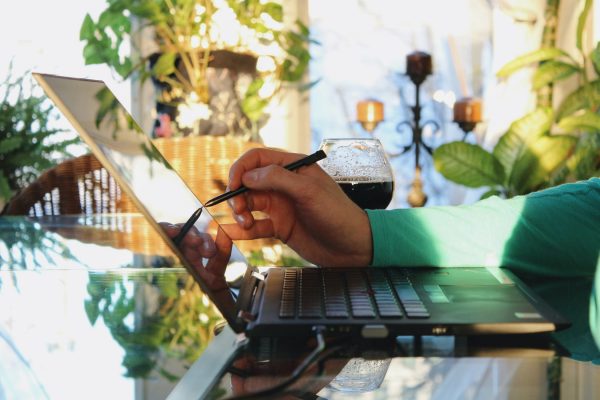

Photos and videos are an incredible way to keep people connected globally. Even visual media is a crucial component in communication. It’s also an authentic form of expression for some people. The only setbacks are how easy it is to obtain and reuse copyrighted images without permission.
Moreover, the public perception of visual media is changing nowadays, and people are becoming more distrustful of their images. This only shows that we need to be able to trust what we see before assigning meaning to the images they portray. Thankfully for us, there are now mechanisms to check the authenticity of photos. These methods are extremely useful both for the sake of professional work and for everyone’s peace of mind.







